Whatever happened to Haverford College’s strong sense of community?
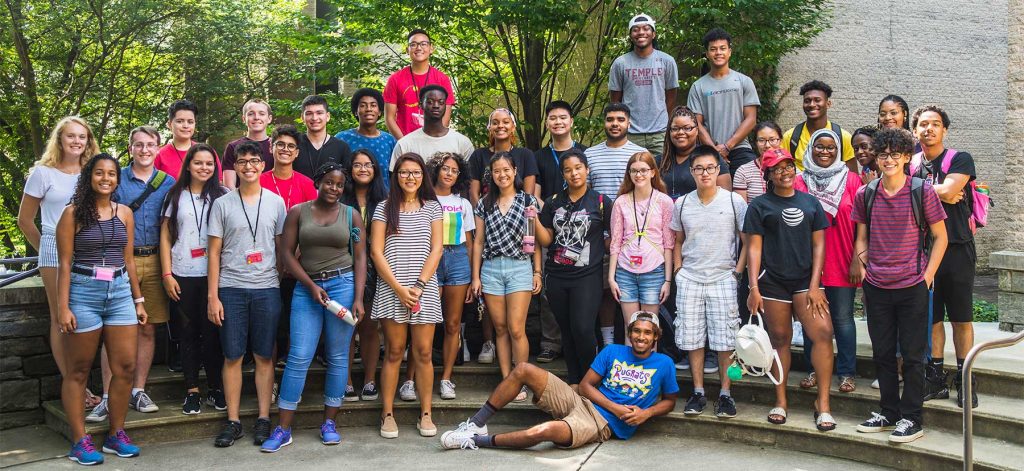
Haverford First-Year students, 2018-19
By Zachary Broadman
Haverford College has an enrollment of just over 1,300 students, making it one of the smallest private liberal arts colleges in the country.
Its students live and learn on a beautiful 500-acre campus where they can engage in academic discovery, participate in athletics, clubs, and student organizations, and support each other’s growth as they experience new ways of thinking about and participating in their community and their world.
It sounds like a perfect recipe for a tight-knit, cohesive, and engaged community centered on Haverford’s stated values of “trust, concern, and respect.”
But tragically, it is not.
Talk to students, teachers and administrators about the community at Haverford, and many will say they are dissatisfied with it. Most feel that any sense of a campus-wide community is either in decline or nonexistent.
Sydney Dorman, a senior astrophysics major at Haverford, has watched people become less interested in large campus-wide events and more focused on their increasingly-small friend groups.
“People were a lot more passionate about school events,” Dorman said of the community she encountered upon arriving at Haverford. Now, she says, “school dances seem smaller and there’s less energy and excitement about them.”
Her concern extends beyond the events. In her first two years at Haverford, she said that friend groups tended to be bigger and more diverse – full of people with a wide range of backgrounds, interests, and living spaces. “Now,” Dorman said, “I feel like there are smaller friend groups of people from similar backgrounds.”
Dorman is not the only senior who feels the community has become more fractured during her time at Haverford. Neel Shah, a senior who transferred into Haverford his sophomore year, said that his first impression of the school was that it was a very close community. But in the past two years, he has noticed a change.
“As I’ve spent more time here… Haverford has become slightly more individualistic as opposed to whole-community oriented,” Shah said.

Haverford College football team 1897-98
These views are echoed by faculty and administrators whose detachment from day to day student life gives them a wider field of vision when it comes to campus affairs.
Michael Elias is the Dean of Student Engagement, Leadership, and Divisional Initiates at Haverford College. He oversees Haverford’s freshman orientation program and is one of the primary advisors to all student council positions, student organizations, and campus programming.
He, too, said that he’s noticed a change since he first came to work at Haverford in 2010.
“I think that some of our larger events that we have historically planned – I don’t know that they necessarily feel like community events anymore,” Elias said. “I feel like we’re missing something.”

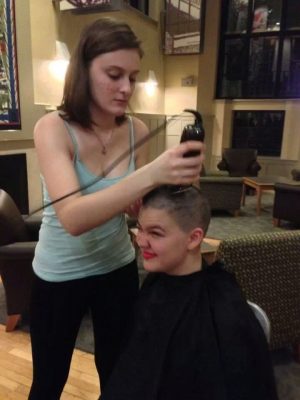
 Mawr is substantial, despite the fact that the norms shift with time. Students seem always ready and willing to call each other out for doing or saying “problematic” things; the issue with this sort of culture is that students are so ready to “cancel” other people they often do not give them a chance to correct their behavior or change their point of view:
Mawr is substantial, despite the fact that the norms shift with time. Students seem always ready and willing to call each other out for doing or saying “problematic” things; the issue with this sort of culture is that students are so ready to “cancel” other people they often do not give them a chance to correct their behavior or change their point of view:
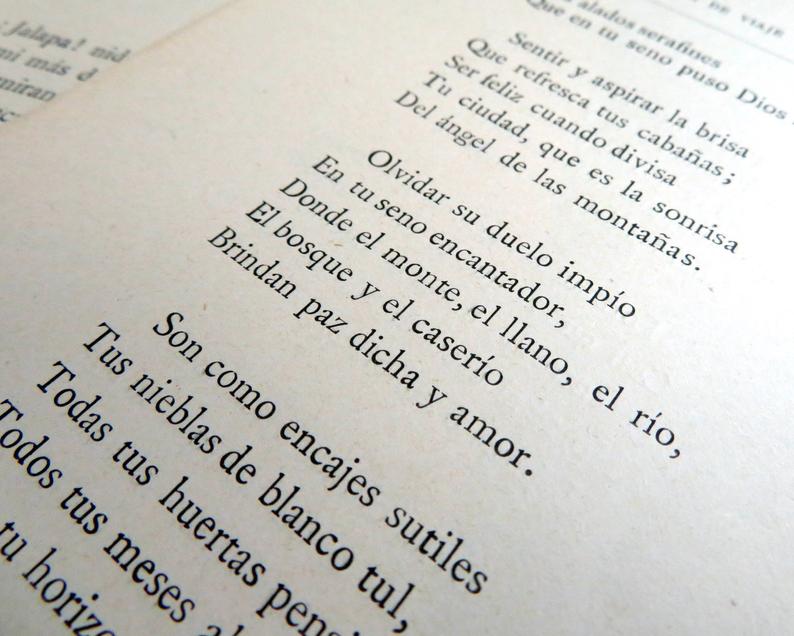


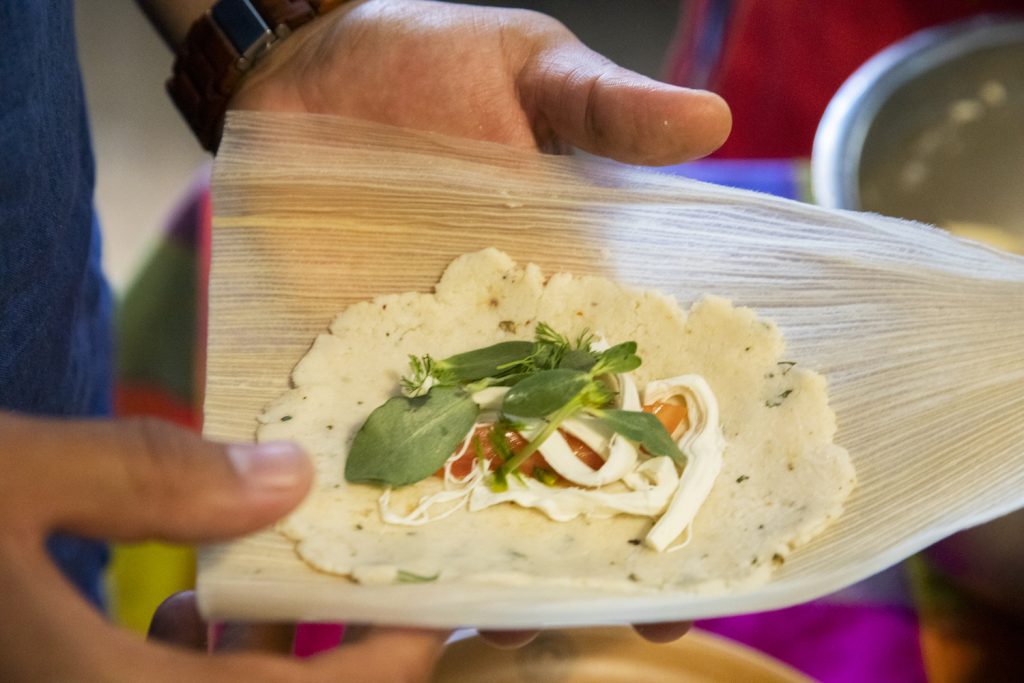

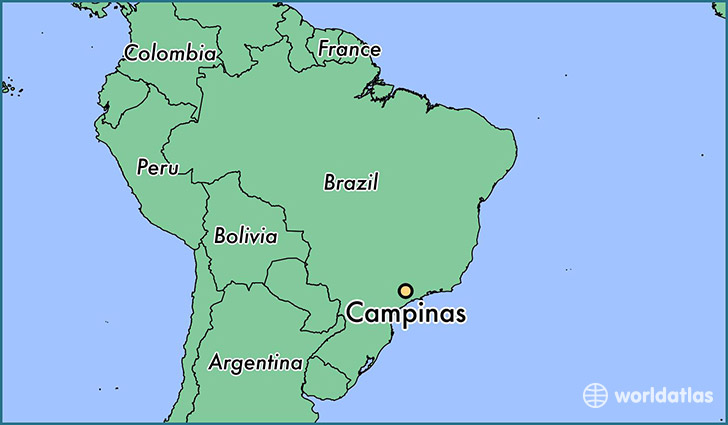


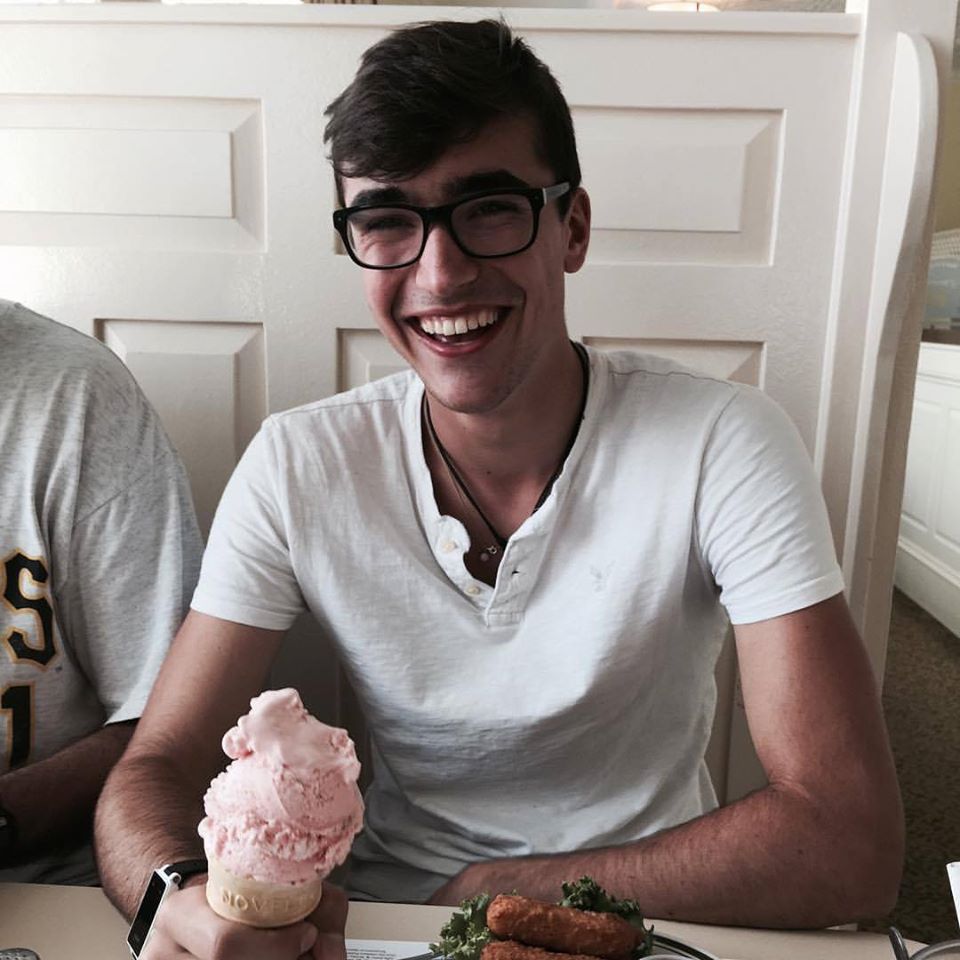 way that was very authentic.
way that was very authentic.